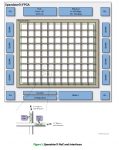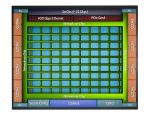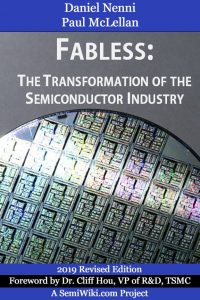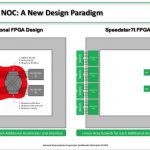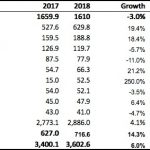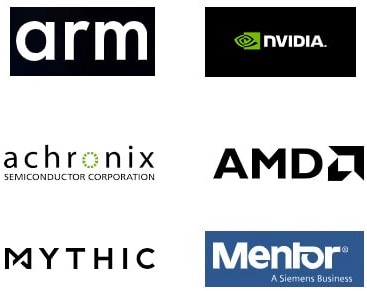You are currently viewing SemiWiki as a guest which gives you limited access to the site. To view blog comments and experience other SemiWiki features you must be a registered member. Registration is fast, simple, and absolutely free so please,
join our community today!
FPGAs, today and throughout the history of semiconductors, play a critical role in design enablement and electronic systems. Which is why we included the history of FPGAs in our book “Fabless: The Transformation of the Semiconductor Industry” and added a new chapter in the 2019 edition on the history of Achronix.
In a recent blog… Read More
The conventional thinking about programmable solutions such as FPGAs is that you have to be willing to make a lot of trade-offs for their flexibility. This has certainly been the case in many instances. Even just getting data across the chip can eat up valuable routing resources and add a lot of overhead. These problems are exacerbated… Read More
We have learned from nature that two characteristics are helpful for success, diversity and adaptability. The same has been shown to be true for computing systems. Things have come a long way from when CPU centric computing was the only choice. Much heavy lifting these days is done by GPUs, ASICs, and FPGAs, with CPUs in a support … Read More
Back in May I wrote an article on the new Speedster7t from Achronix. This chip brings together Network on Chip (NoC) interconnect, high speed Ethernet and memory connections, and processing elements optimized for AI/ML. Speedster7t is a very exciting new FPGA that can be used effectively to accelerate a wide range of processing… Read More
FPGAs have always been a great way to add performance to a system. They are capable of parallel processing and have the added bonus of reprogramability. Achronix has helped boost their utility by offering on-chip embedded FPGA fabric for integration into SoCs. This has had the effect of boosting data rates through these systems… Read More
We have all seen the announcements to provide ever-increasing network capabilities within the data centers. Enabling these advances are improvements in connectivity including SerDes, PAM4, optical solutions, and many others. It seems 40G is old news now, and the current push is for 400G – things are changing very quickly.… Read More
As more than 343 people (and counting) know, we will be releasing the 2019 updated PDF version of our first book “Fabless: The Transformation of the Semiconductor Industry” via handout at a live webinar. The response has been overwhelming and I want to personally thank you. The webinar will be a brief overview of the book with a question… Read More
Why does it seem like current FPGA devices work very much like the original telephone systems with exchanges where workers connected calls using cords and plugs? Achronix thinks it is now time to jettison Switch Blocks and adopt a new approach. Their motivation is to improve the suitability of FPGAs to machine learning applications,… Read More
…but ARM, Imagination, MIPS or Ceva have declined and lose market share. Semiconductor design IP market is still doing good in 2018, with 6% growth year over year. It’s half the growth rate seen in 2017, 2016 and 2015 and the growth decline is imputable to bad results from ARM, the market leader, but also from Imagination (#4), MIPS… Read More
AI, Machine Learning, Deep Learning and neural networks are all hot industry topics in 2019, but you probably want to know if these concepts are changing how we actually design or verify an SoC. To answer that question what better place to get an answer than from a panel of industry experts who recently gathered at DVcon with moderator… Read More



